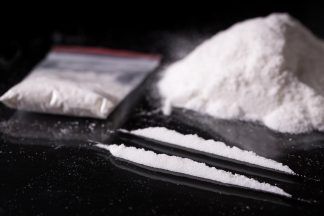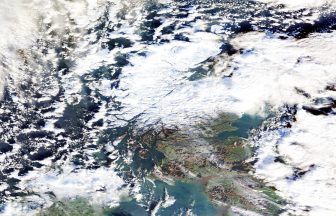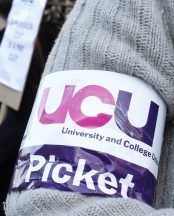There are no plans “at this stage” to close Scottish schools affected by crumbling concrete, the First Minister has said.
On Friday, the Scottish Government announced 35 schools across the country had reinforced autoclaved aerated concrete (RAAC) detected in their buildings
It follows the discovery of the dangerous substance in schools south of the border, with more than 100 to close right at the start of the new term.
The lightweight concrete, which was used from the 1950s up to the mid-1990s, has been linked to the collapse of Singlewell Primary School’s roof in Kent in 2018.
Councils across Scotland are currently assessing public buildings for the substance and are due to report back next week.
On Saturday, the First Minister said ministers “don’t think” schools will be required to move to temporary accommodation if the material is discovered.
He said: “We don’t think at this stage that there’s any need for any schools to shut.”
It comes after Scottish education secretary Jenny Gilruth told the BBC “a relatively small number” of Scottish schools were affected compared to the 2,500 total.
She said: “I have a list of schools that are impacted in Scotland, and the mitigations that our local authority partners have put in place will now be considered by officials in Scottish government.
“We’ll look to interrogate some of that data a bit further and also provide reassurance to parents and carers.
“I think it’s really important that our local authorities, who have a statutory responsibility for the delivery of education locally, engage directly with our parents and carers.”
The Scottish Government confirmed on Friday that it expects local authorities to prioritise remedial work where the substance is located.
And it said pupils will not be taught in the parts of buildings where the concrete is considered a risk.
Remedial works could include the closure of affected rooms or sections of a building and the use of temporary, modular provision for pupils.
According to the Institute of Structural Engineers, the material must only be replaced if it is considered to be in a poor condition and is considered high risk.
Figures obtained by the Scottish Liberal Democrats in May said the substance was present in 37 schools in Scotland.
The data showed the light and bubbly form of precast concrete was present in nine schools in Dumfries and Galloway, seven in Aberdeen, six in Clackmannanshire and five in West Lothian.
Two schools in Dundee, the Highlands and North Lanarkshire were also found to contain the material, as well as single schools in Aberdeenshire, Argyll and Bute, East Lothian and Perth and Kinross.
Follow STV News on WhatsApp
Scan the QR code on your mobile device for all the latest news from around the country





























